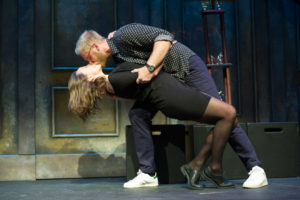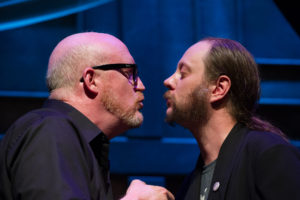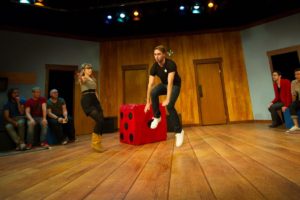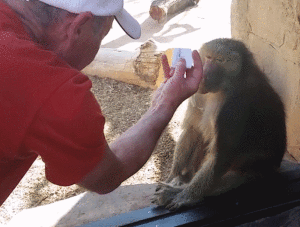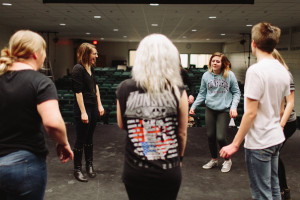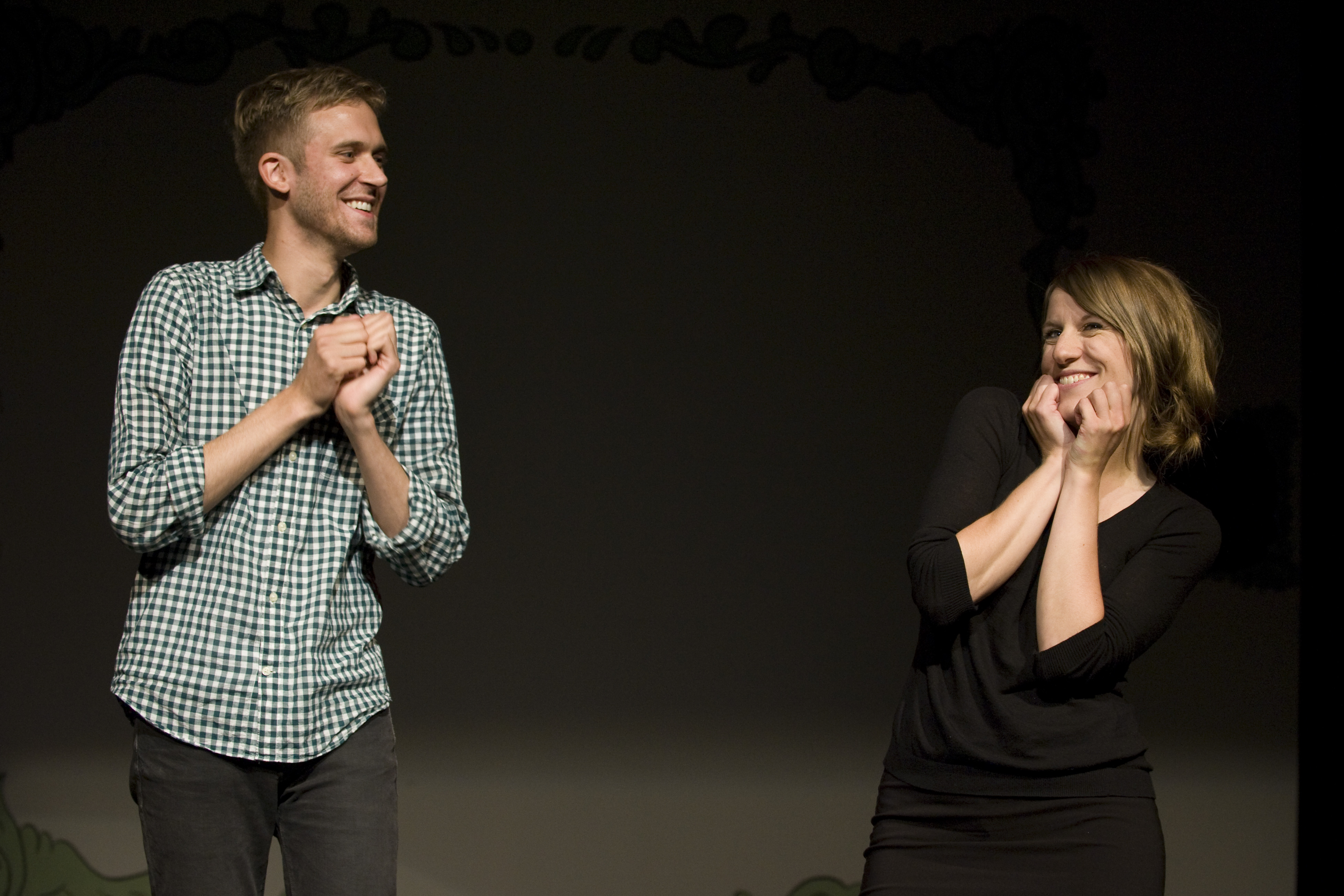Finding Fun in Others (aka. Happy Birthday, Kory!)
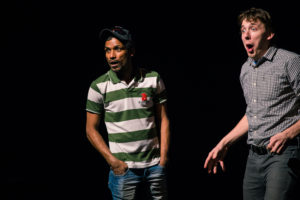
Kory improvising with an audience member at Rapid Fire’s BONFIRE Festival. Photograph by Billy Wong.
My friend Kory Mathewson made a simple request for this 29th birthday; reflections on “finding fun in others”.
I would like to start this birthday message by telling you about Kory. He is a top tier improvisor with Rapid Fire Theatre in Edmonton, where he tours with a rad show called TedxRFT. He is one of my favourite people in the world to be on stage with because no idea is too ‘out there’, no game is too experimental. His response to my ideas is always, “Let’s do it, Amer!”. Whether it’s an improvised parliamentary-style debate, a musical, or a show full of challenging pulse-edits, Kory is always up for taking a risk on stage.
Kory is a truly gifted improvisor, I think in part because of his broad experience of the world. He’s not the type of performer who exists in a echo chamber, spending 6 days a week workshopping in a theatre; he’s constantly trying new things, traveling, and learning. He studies computing science, and biomedical engineering. He builds websites, and software, and ROBOTS(!!). He likes rock climbing, cycling, “schvitzing”, making up nasty slang words, and seeking out the best food in the city. He chases weird experiences, and it makes you want to do the same.
Once he invited me to the university for a CT Scan, and a researcher complimented me the symmetry of my brain!
Once we were bike riding and we quietly watched a family of beavers screeching on the riverbank!
Once, in Austin, we stopped at every bar on the way to a party and did 98 whiskey shots!
So, how does this all relate to “Finding Fun in Others”?
Kory is a master at making you feel like a million bucks. When you’re in a conversation with Kory, he immediately digs deeper than “How are you?” or “What’s new?”. He makes the whole conversation about you by asking so many questions. He says “yeah!” and “absolutely!” non-stop. He wants to talk about you rather than himself. He takes any kernel of information and expands upon it. He can talk to anyone about anything for EVER.
Kory consistently strikes up conversations with strangers in elevators. When I first met him, I wondered, “Why? Why would he do this?” At first, I assumed it wasn’t genuine; he was just teasing the person he was talking to, or he had some other agenda. But I now know that Kory is just that curious. He is legitimately interested in what a random teen is eating for lunch, or where a bartender first tasted a certain liqueur, or why you like the dress you are wearing.
There are so many days in our lives where we feel insignificant, like the little things we do are inconsequential or routine. Kory is a great example of someone who shines a spotlight on little details, and makes you feel like you are the most interesting person in the room.
Kory has taught me to find the fun in others by helping them find the fun in themselves.
Happy birthday, Kor!
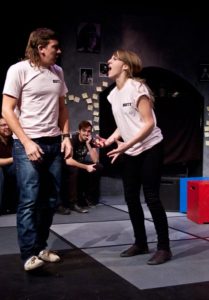
Kory and I wearing matching “BUTT” shirts. Photograph by Marc-Julien Objois. http://marcjulienobjois.com/
Photographs by Billy Wong (http://www.semigravity.com/) and Marc-Julien Objois (http://marcjulienobjois.com).


